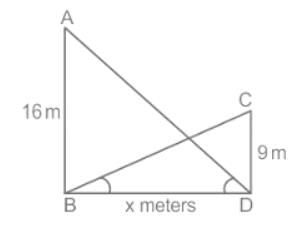SSC CGL Tier I Mock Test - 14 - SSC CGL MCQ
30 Questions MCQ Test SSC CGL Tier 1 and Tier 2 Mock Test Series 2026 - SSC CGL Tier I Mock Test - 14
Study the given pattern carefully and select the number that can replace the question mark (?) in it.
First row - 67, 25, 101
Second row - 55, 17, 97
Third row - 45, 19, ?
(NOTE : Operations should be performed on the whole numbers, without breaking down the numbers into its constituent digits. E.g. 13 – Operations on 13 such as adding /deleting /multiplying etc. to 13 can be performed. Breaking down 13 into 1 and 3 and then performing mathematical operations on 1 and 3 is not allowed)
In a certain code language, 'India is my country' means ‘8573’, 'Sam is my friend' means ‘8634’, 'My country' means ‘73’ and 'Team India' means ‘59’. What number is the code for 'Country'?
Which of the following letter cluster will replace the blanks in the given series?
ca _ pcaa _ caa _ caap _ aap
Select the number from among the given options that can replace the question mark (?) in the following series.
20, 25, 35, 50, 70, ?
From the given alternatives select the one in which the question figure is hidden/embedded.

Select the correct alternative to indicate the arrangement of the following terms in a logical and meaningful order in terms of area (km2).
1. Atlantic Ocean
2. Pacific Ocean
3. Southern Ocean
4. Arctic Ocean
5. Indian Ocean
Which of the following travellers was/were associated with the Vijayanagara empire?
- Ibn Battuta
- Marco Polo
- Nicolo de Conti
- Domingo Paes
Select the correct answer from the codes given below.
The Refrigerator works on which of the following principles?
In the given figure, O is the point of intersection of two chords AB and CD such that OB = OD, then triangle OAC and ODB are
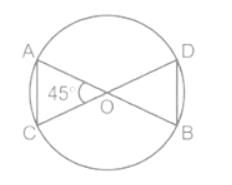
The amount spent on state together D1 and D4 exceeds that spent on together D2 and D7 by :
The age of two persons is in ratio 4 ∶ 5, another person who is 60% of the age of the older person is 14 years younger than the second person, what is the average age of the group?
The distance between two pillars of length 16 m and 9 m is x meters. If two angles of elevation of their respective top from the bottom of the other are complementary to each other, then the value of x in meters is
A shopkeeper offers three schemes as given below to sell a particular type of product. Which of the following schemes offer(s) the maximum discount percentage?
A. Buy 6, get 4 free
B. Buy 5, get 5 free
C. Two successive discounts of 18% and 24%
Direction: Find out which part has an error and mark it as your answer. If there is no error, mark 'No error' as your answer.
He was (A) / worn out if (B) / he got home. (C) / No error (D)
Select the most appropriate ANTONYM of the given word.
Witty
Sentences of a paragraph are given below in jumbled order. Arrange the sentences in the correct order to form a meaningful and coherent paragraph.
A. Because of the region's scorching heat and aridity, a considerable amount of water evaporates.
B. As a result, the salt and other minerals become increasingly concentrated.
C. It is then unable to exit the lake and is forced to evaporate.
D. The Dead Sea is one of the saltiest bodies of water on the planet, with about ten times the salt content of typical saltwater.
E. This is because water flows into the Dead Sea from a single primary tributary, the Jordan River.
Direction: Select the option that can be used as a one-word substitute for the underlined segment.
The company was known for its deserving respect or admiration business practices and honest and fair ethical standards.
Select the most appropriate option to fill in the blank No. 5.
|
325 docs|152 tests
|


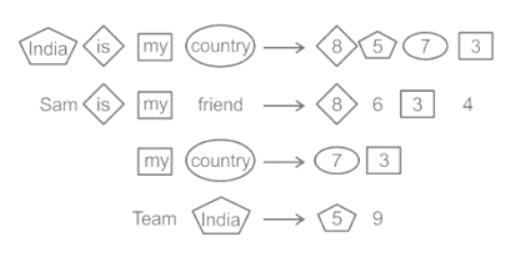


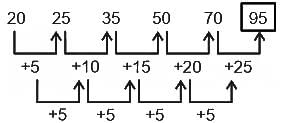
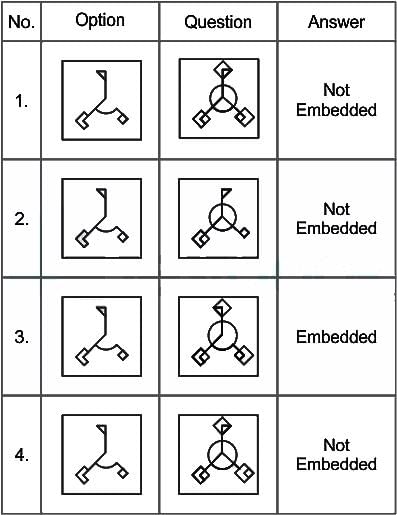
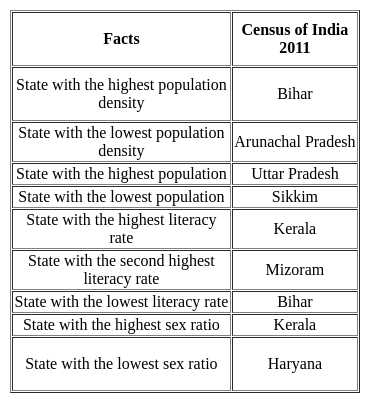
 (Vertically opposing angles)
(Vertically opposing angles)